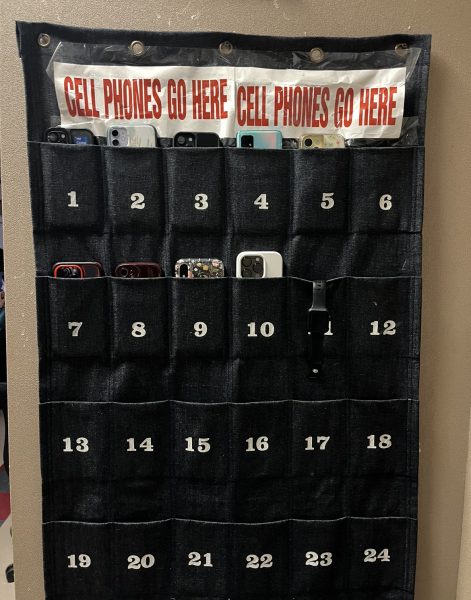Pennies: the dead currency
In 1793, the first US one cent coin was created, better known as the penny. When the penny was first created, it was composed of 100% copper, however due to the rising cost of copper and the fall of the value of the cent due to inflation, the amount of copper began to drop until it reached its current state of 5% copper.
Since then, pennies have been used in various and interesting construction projects, gathered in mass numbers at the bottom of wishing wells, and sat contently in jars and forgotten until the users will one day trade them in for their value. All activities useful of their cost right? Wrong. And here’s why.
Pennies currently cost about 1.8 cents to make, meaning every time the US mint goes to make, say, 10,000 pennies, we spend 18,000 cents, which translates into 80 dollars lost. This may not seem like enough to really affect anything, but in 2013 the US printed about 7 billion pennies. This translates into quite a bit of lost cash for the economy.
Well, even though it is a drain on the economy, pennies are still worth the same to the average citizen right? Again, wrong. Since pennies usually aren’t worth what it will cost to transport and sort them, a vast majority of machines won’t even accept them. This includes laundry machines, vending machines, and most coin machines. The only machine that will accept pennies are the coin machines that will accept change and turn it into paper money, extracting a fee from you in order to do so. Meaning that they take money that you already made, so you can spend money you already had.
And before we think about people who like to pay in exact change, almost no one in the US can effectively count their exact change due to the fact that we don’t factor it in the observable price like most other countries. And, if you do the math, those thirty seconds we spend getting the extra 3 or so cents, is literally not worth our time.
And getting rid of a coin isn’t unfamiliar territory; it’s happened before with the US half-cent, which was rightfully discontinued in 1857, due to its value being too low to be effective. Sound familiar? During the time of its discontinuance, the half-cent was worth about what is now 14 cents, so perhaps it’s also time to filter out some other useless coinage (you’re next nickel and dime.)
Another supposed problem with getting rid of the penny is the (incorrect) theory that prices will rise, and we will ultimately lose money. This is logical in theory, but not in practice. Australia, New Zealand, and a few other countries have already discontinued the penny, and have seen no significant price rises since they have done so, as prices were simply raised or dropped to the nearest fifth.
Others assume that there will be a logistics issue with removing the pennies from circulation, yet Canada has already done so quite easily. For a full rundown of how Canada has effectively done this, you can see the short video to the top right by CGP Grey.
For other information on the penny, click the links below for CGP Grey’s main video on pennies.














